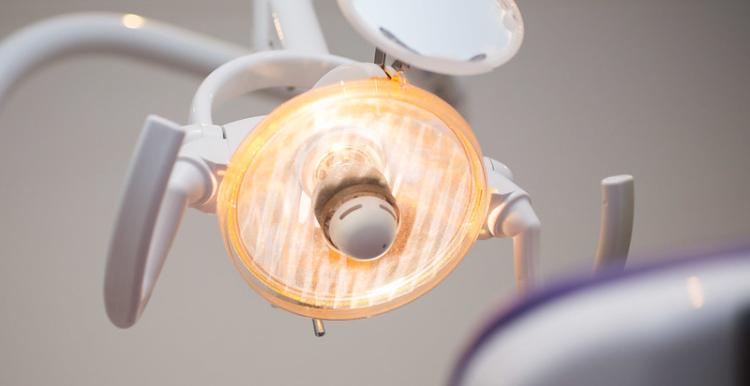Annual NHS Dental Statistics for England - our response

New figures published today in the annual report on NHS Dental Statistics for England in 2022-23, show that:
- 43% of adults in England as of 30 June 2023, had seen an NHS dentist in the past 24 months, still short of the 52% seen in pre-pandemic times; the latest figures also show people aged 85 and over were the adults seen least (37%)
- 56% of children in England, as of 30 June 2023, were seen by an NHS dentist in the past 12 months, still below pre-pandemic levels of 59%. Children aged 0-4 were seen least (31%)
- Overall, 18.1million adults in England were seen for NHS dental treatment in the 24 months up to June 2023, 17.5% lower than the 22 million seen in the 24 months up to June 2019 and 6.4 million children were seen in the 12 months to June 2023, down 9% on figures for 2019.
The figures do not tell us how many of those patients were usual patients of NHS dentists going for return check-ups, or new patients seeking urgent dental treatment for the first time.
Commenting Louise Ansari, our CEO said:
“The report supports our evidence which shows that people in every corner of England are struggling to get the dental treatment they need when they need it.
“NHS dentistry continues to be the second most common issue people report to Healthwatch, with many living in pain, while some turn to private care.
“But private treatment is not an option for everyone, with reports suggesting people from the most deprived communities struggle the most to access dental care.
“We have repeatedly called for fully resourced dental contract reform to tackle these deep-seated problems, and for the government to publish its dental recovery plan urgently.
“This plan should address recent calls made by MPs on the Health and Social Committee, including our evidence stressing the need for a new national oral health needs assessment to establish which type of people are missing out on any NHS dental care at all. We’re concerned that some children have never been seen by a dentist in their life, storing up oral health and social problems for the future and potential removal of decayed teeth in hospital.”


